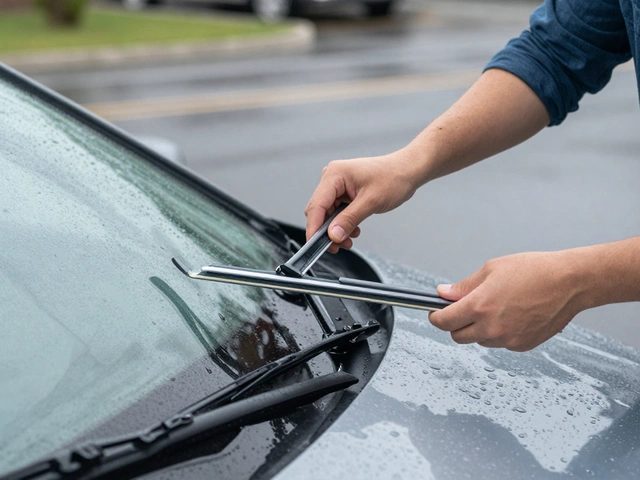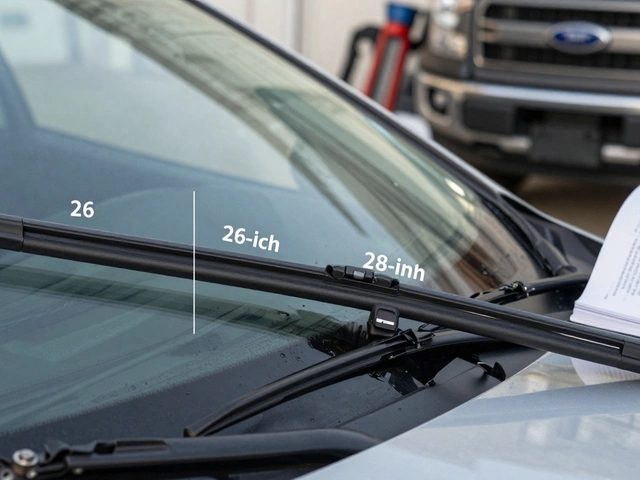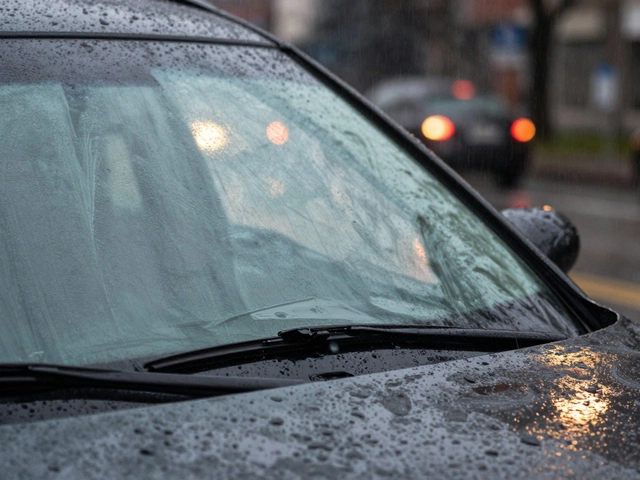Air Filters: What They Do, How They Work, and Which One Fits Your Car
When you think about your car’s health, you probably think of oil changes, brakes, or tires—but air filters, devices that trap dirt and debris before they enter your engine or cabin. Also known as engine intake filters or cabin air filters, they’re one of the cheapest parts that make the biggest difference in performance and comfort. Without them, dust, pollen, and road grime would clog your engine or swirl through your vents, turning every drive into a dusty mess.
Your car actually has two air filters: one for the engine air filter, which protects the engine by cleaning air before it mixes with fuel, and another for the cabin air filter, which cleans the air you breathe inside the car. The engine filter keeps dirt out of your cylinders so your pistons don’t grind against abrasive particles. The cabin filter stops pollen, smog, and even mold spores from blowing into your face when you turn on the AC. Both matter. Skip one, and you’re asking for trouble—either a power drop, worse fuel economy, or sneezing fits on your commute.
Not all filters are made the same. Some are basic foam or paper, while others use advanced pleated media rated by MERV rating, a scale that measures how well a filter traps tiny particles. A MERV 8 might be fine for city driving, but if you live near construction sites or rural roads, a MERV 11 could save you from constant filter changes. And yes, a clogged filter can trick your car’s computer into thinking it needs more fuel, burning extra cash at the pump. Replacing them isn’t hard—most people do it in under 15 minutes with no tools.
What you’ll find below are real-world guides on picking the right filter, spotting when it’s worn out, and understanding how it connects to bigger issues like engine performance, cabin air quality, and even fuel efficiency. Some posts compare MERV ratings. Others show you how to check your filter without lifting a wrench. There’s even one that explains why skipping filter changes can lead to expensive repairs down the line. No fluff. Just clear, practical info from drivers who’ve been there.






